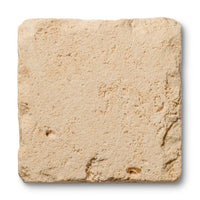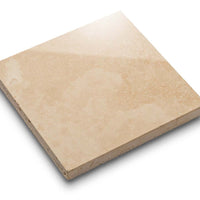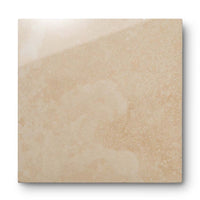What Is Craftsman Style?

The Craftsman style is a uniquely American architectural and design movement that arose in the early 20th century. It was inspired by the Arts and Crafts Movement of England, which emphasized simple, handmade objects made from natural materials.
The American version of this movement was influenced by:
Craftsman-style homes typically feature a low-pitched roof, large front porches, and natural materials such as wood, brick, stucco, stone, and fieldstone.
While there is a range of expression, particularly depending on what part of the country you’re in, Craftsman homes are characterized by:
You can discover Craftsman homes at a glance by observing:3
An ideal Craftsman home blends the same design principles throughout the exterior and interior. Craftsman design reflected inside the home may include:
What is Craftsman style beyond the nuts and bolts? Craftsman style grew out of the migration of the British Arts and Crafts movement to the United States.
The Arts and Crafts movement was a reaction to the Industrial Revolution, which had led to an increasing division of labor in society and a life lived further away from nature. The movement was also a reaction against the idea that art should be seen as a commodity.
Philosophical components of the Arts and Crafts movement that are expressed in Craftsman style include:
The Craftsman style was first seen in the United States with the 1893 World’s Columbian Exposition in Chicago, Illinois. The exposition showed many examples of the Craftsman style, which was a huge contrast to the European styles that were popular at the time.
The adoption of the Arts and Crafts Movement in America was spearheaded by Gustav Stickley, who in 1902 started his own furniture company. His designs were based on the English Arts and Crafts Movement, with a focus on hand-craftsmanship. In 1898, Stickley designed a house for himself in New Jersey. He coined the term “Craftsman” for his magazine “The Craftsman.”
Charles Sumner Greene and Henry Mather Greene of Green and Green Architects are credited with popularizing the modern Craftsman style home throughout California.
The Craftsman style is one of the most popular styles in the United States. It’s characterized by simplicity, functionality, and natural materials. The term is often used to refer to a style that has elements and features and design and construction techniques that were most prevalent between 1890 and 1930.
But Craftsman can have a broader meaning today. It includes a range of blended styles and homes that incorporate some Craftsman design elements.
Also, while the Craftsman style was rooted in anti-industrialization, modern Craftsman home interpretations embrace new technology and materials.
Craftsman style is still popular today. It can be seen in many of the homes built in the last two decades, especially in California and the Northeast. And the values and features that make it special are more important than ever: using regional materials, focusing on quality craftsmanship over cheap manufactured goods, and inviting nature into your home life.
If you’re looking at a new build or enhancing the home you love, our stone pools, hearths and fireplaces, and architectural elements can provide classic Craftsman detailing inside and outside your home. We’ll discuss the best stone for fireplace designs along with an arts and crafts fireplace.
Visit one of our eight showrooms near you or speak with our design team to get started.
Please note: comments must be approved before they are published.
* indicates a required field
Our finishes are applied by hand, ensuring that each element of your order matches and blends together well. In some instances, you may notice a natural variation in the application of the finish. This is normal and should be expected with a handmade item.













